[ad_1]
I suppose you thought fertilizing your yard was pretty elementary – merely dump a bunch throughout the crops and water it in. Sadly, it isn’t that easy and shouldn’t be accomplished that method for numerous causes.
Nevertheless first: Do your crops actually need fertilizer?
Many plant points cannot be solved with fertilizer – be aware of your soil first – add pure supplies like compost often to boost soil tilth, drainage, and weight loss plan.
There are 18 necessary nutritional vitamins that crops require to develop and survive. Carbon, Hydrogen, and Oxygen are needed inside the most effective quantity and are obtained from air and water. The next 6 nutritional vitamins are thought-about macronutrients;…Nitrogen, Phosphorus, and Potassium…. Calcium, Magnesium, and Sulfur. The remaining 9 components are thought-about micronutrients and embrace Chloride, Iron, Boron, Manganese, Zinc, Copper, Molybdenum, Nickel, and Cobalt… Each of these play a vital place inside the utterly totally different buildings and capabilities of the plant… [and] if one necessary nutrient is poor, plant improvement will most likely be poor even when all totally different necessary nutritional vitamins are ample. These nutritional vitamins primarily come from the soil; however, when the soil’s nutrient reserves flip into low, nutritional vitamins could also be supplemented by the use of the addition of… fertilizer, compost, and manure.
As we stress repeatedly, on no account fertilize your yard with out doing a soil test first. In most soils, notably the place compost is added often, there could also be ample fertility to develop practically all of crops. If soil is cared for precisely inside the perennial yard the place roots run deep, fertilizer will infrequently be wanted (I can’t keep in mind the ultimate time I fertilized my flower beds).
Vegetable gardens must be examined every totally different 12 months for fertility. On account of extreme turnover of crops in veggie gardens, there MAY be a necessity for nitrogen, nevertheless infrequently the remainder. Once you observe crop rotation fundamentals, composting, mulching and cowl cropping with legumes, the need for added fertilizers is unusual. When rising greens or flowers in containers however, crops will must be fertilized often.
And just because the leaves are yellowing, greens are small, flowering is late or your crops “look like they need fertilizer”, fertility might be not the problem. Many elements have an effect on a plant’s improvement along with soil pH (the measure of acidity or alkalinity), soil drainage, local weather circumstances, sickness and soil temperature. Fertilizer can’t restore any of these.
What points occur if I fertilize when my yard doesn’t need it?
- Most enterprise fertilizers, notably synthetic fertilizers, are nitrogen-heavy (the first letter in NPK on the bag). Everytime you over-fertilize with nitrogen, you end up with quite a lot of excessive improvement on the crops and a diminished amount and dimension of fruits and roots. Or none the least bit. An extreme quantity of nitrogen could set off insect and sickness points, in accordance with Colorado State Faculty Extension. Positive soils which is likely to be very porous however may need widespread functions of fertilizer. As soon as extra, a soil test is necessary to know how loads must be added.
- Together with an extreme quantity of fertilizer moreover causes water air air pollution. Phosphorous that isn’t utilized by crops is washed away by rain and into native waterways and onto rivers, lakes, and oceans. There, it causes points like algal blooms that choke marine life. You won’t think about that one gardener may make a distinction – nevertheless take into consideration what variety of gardeners there are in any space, multiplied by fertilizer runoff from farms and you may see why this is usually a huge draw back. Each movement points.
- An extreme quantity of phosphorous could set off chlorosis, a yellowing of leaf tissue, and kill off helpful mycorrhizal fungi needed by the crops. If mycorrhizal fungi disappear, that plant could have problem taking up iron and totally different micronutrients.
Fertilizer nutritional vitamins required by greens inside the highest quantity are nitrogen (N), phosphorus (P) and potassium (Okay). Totally different nutritional vitamins, along with iron, copper, manganese and zinc are needed in loads smaller portions. Besides nitrogen and phosphorus, most of these nutritional vitamins are greater than possible obtainable inside the soil at ample and even excessive portions. Together with nutritional vitamins that are not needed could trigger deficiencies of various nutritional vitamins and should set off an imbalance of nutritional vitamins. No particular person can inform you what your soil truly needs with out referring to a soil test carried out by an analytical laboratory.
Fertilizing the Vegetable Yard, Colorado State Faculty Extension.
When shouldn’t I fertilize my yard?
- Do not fertilize with granular fertilizer sooner than a heavy rain, because of most will wash away.
- Once you’ve had a long run of dry local weather, notably in drought, don’t fertilize as it’d do additional harm than good. When water is restricted, the plant may be slowing its processes due to heat stress.
- In case your house was simply these days flooded or had heavy saturating rain, wait until the soil is totally dry sooner than fertilizing.
- Do not fertilize crops after they’re dormant, as a result of the plant obtained’t use and doesn’t need the nutritional vitamins. The fertilizer will most likely be washed away sooner than the plant needs it.
- Fertilizing intently when crops are youthful can result in a extremely “leggy” plant – an extreme quantity of stem and thin excessive improvement and a small root mass that obtained’t have the flexibility to help later improvement or fruits.
One of the simplest ways to accurately apply fertilizer
- Once you’re getting ready a yard mattress for spring planting, broadcast the urged amount of fertilizer all through the whole yard mattress evenly. Work it into the best 3 inches of soil with the once more of a rake. Gently water it in to maneuver the fertilizer into the soil. Together with granular fertilizer weeks sooner than planting gives soil microbes time to remodel it into the kind of the chemical the crops can use.
- You might also side-dress your crops. Apply fertilizer 2 inches deep and 6 inches aside the row to be planted or beneath the roots. Nevertheless make sure the newly planted seedling’s roots do not come into direct contact with the fertilizer or they might be burned. As a result of the plant grows, this turns into a lot much less of an issue.
- Once you’ve already planted, solely add granular fertilizer throughout the foundation zone of the plant and gently work it into the soil with a hand trowel, cultivator, or totally different gardening software program that will get it beneath the soil. Try to work inside the fertilizer 2 inches deep nevertheless don’t disturb the roots. Do not let the fertilizer come into contact with the stem or foliage as it’d burn the plant. After working it in, gently water it into the soil.
- Compost is among the easiest methods to fertilize as a result of it moreover gives pure matter to the soil which has numerous benefits. Nevertheless the compost needs time to interrupt down – often a few months. That’s why it’s best so as to add compost early in spring and as soon as extra in fall, 2 inches thick. You might also add it after planting to operate a mulch – add it spherical root zones one different two inches nevertheless do not contact the seedlings. There is not a should work compost into the soil, as micro organism, bugs, and totally different microbes do the provide the outcomes you need.
Does it matter if I exploit liquid or granular fertilizer?
Liquid fertilizers make nutritional vitamins immediately obtainable to crops. So if a soil test signifies an instantaneous need, liquid fertilizers are most interesting. Granular fertilizers take time to interrupt down inside the soil proper right into a usable kind. They’re most interesting utilized early inside the season sooner than planting or at planting time.
Belongings: Do fertilizers help or hurt crops?, Faculty of Minnesota Extension; Starting a Garden: Fertilization, Faculty of Illinois Extension; Fertilizing The Vegetable Yard, Colorado State Faculty Extension; Different methods to make use of compost and enterprise fertilizer, Faculty of Saskatchewan.
Be part of our email correspondence itemizing and on no account miss a model new publish on gardening!
[ad_2]
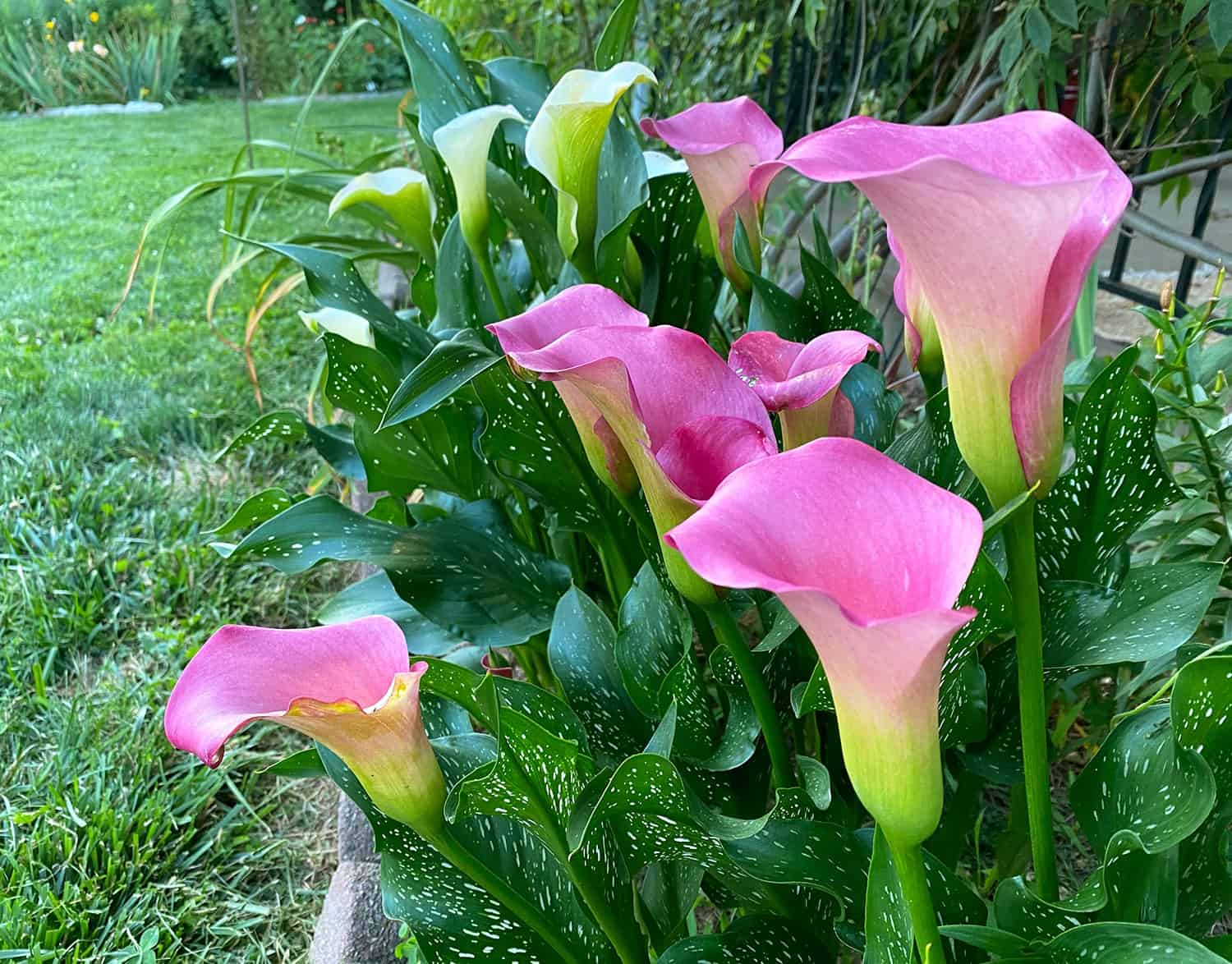
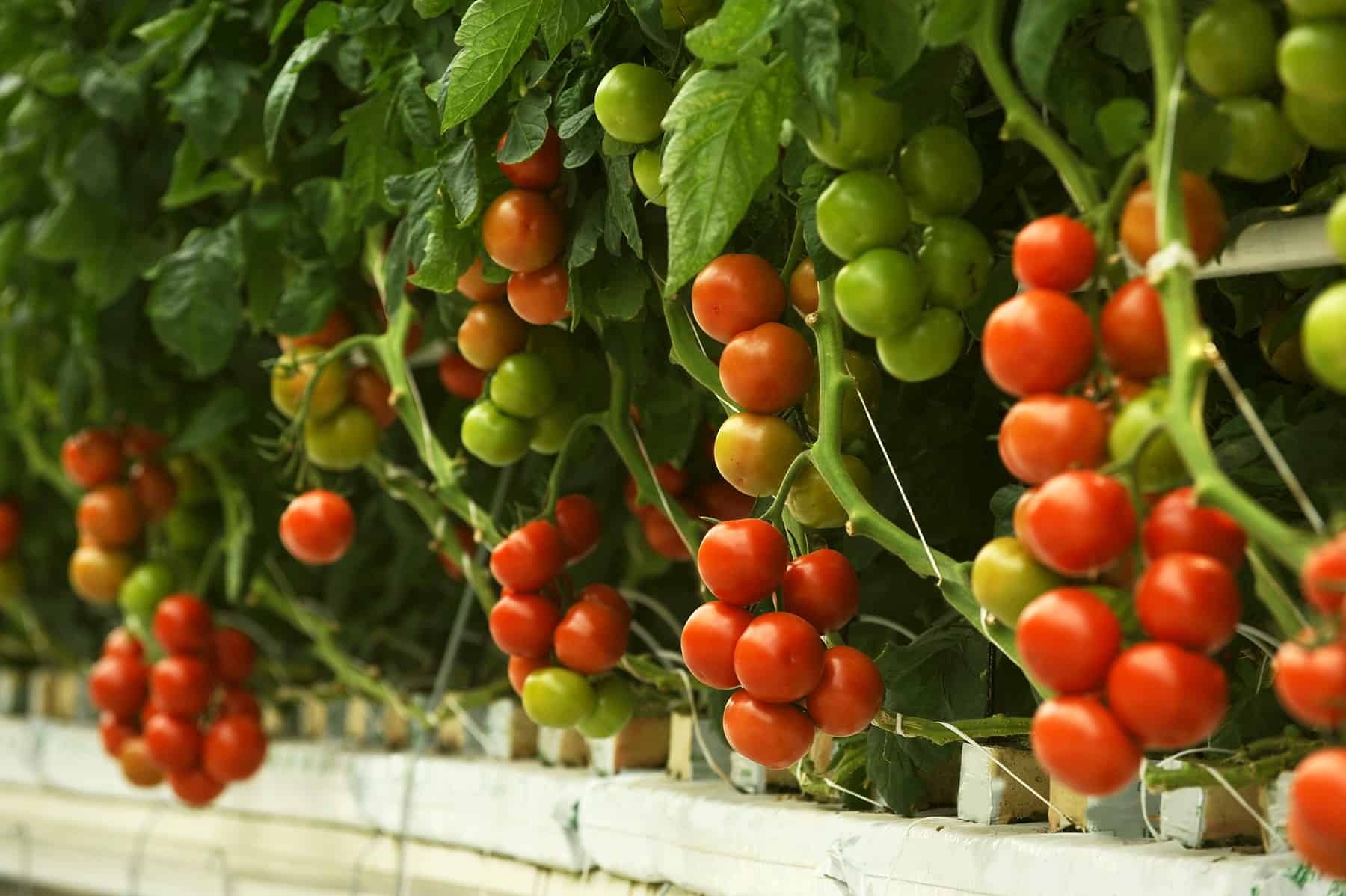
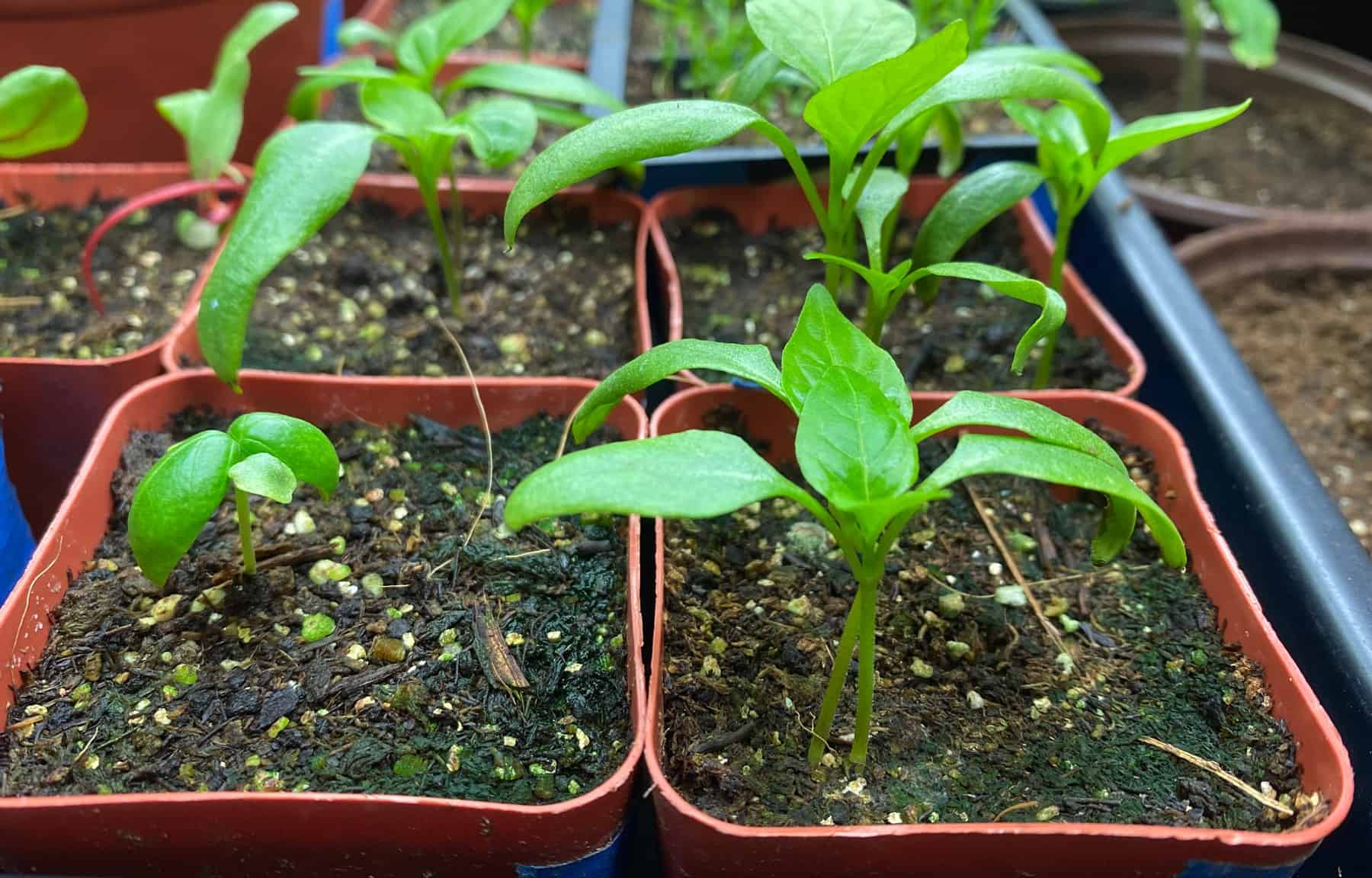
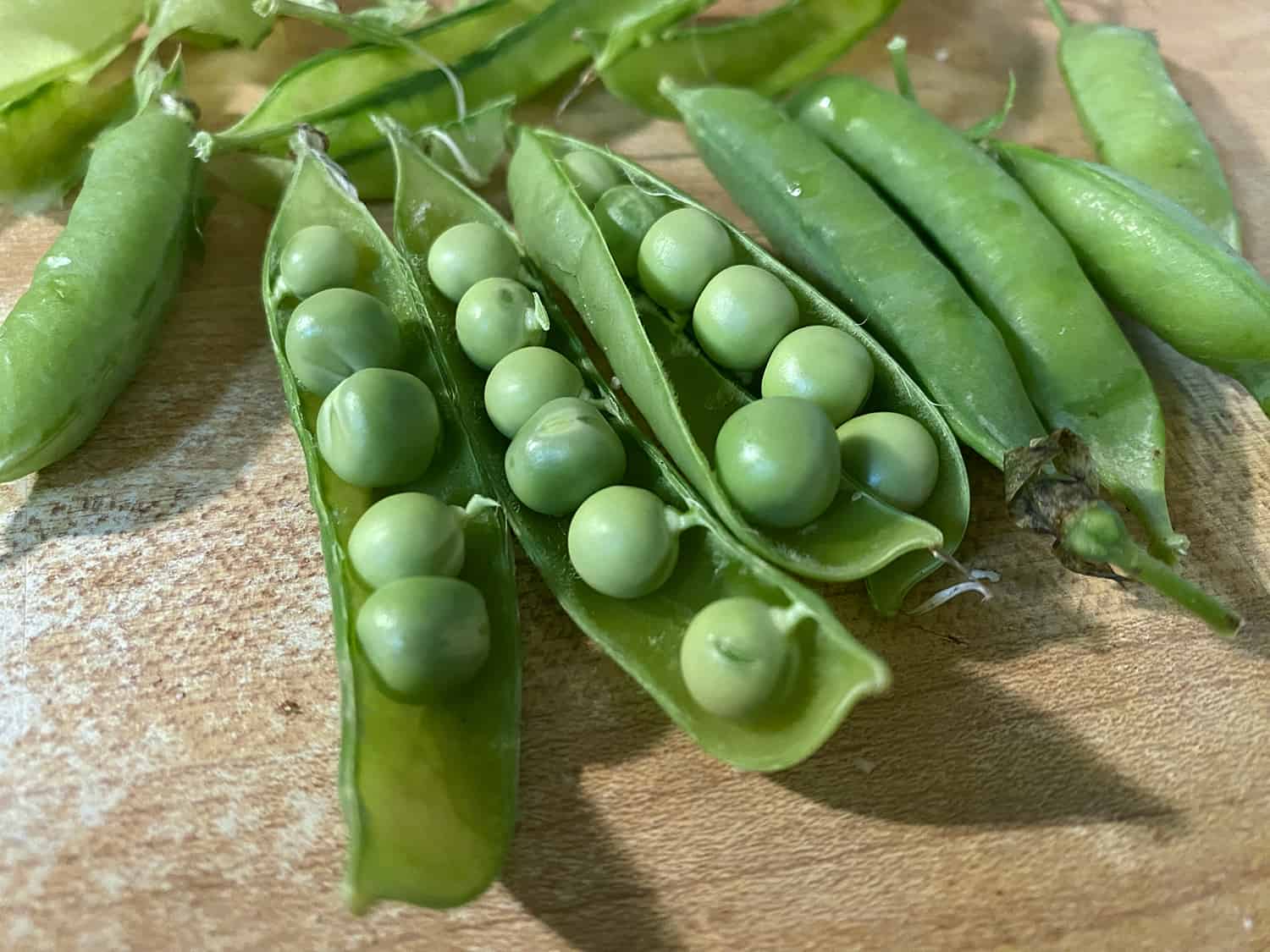
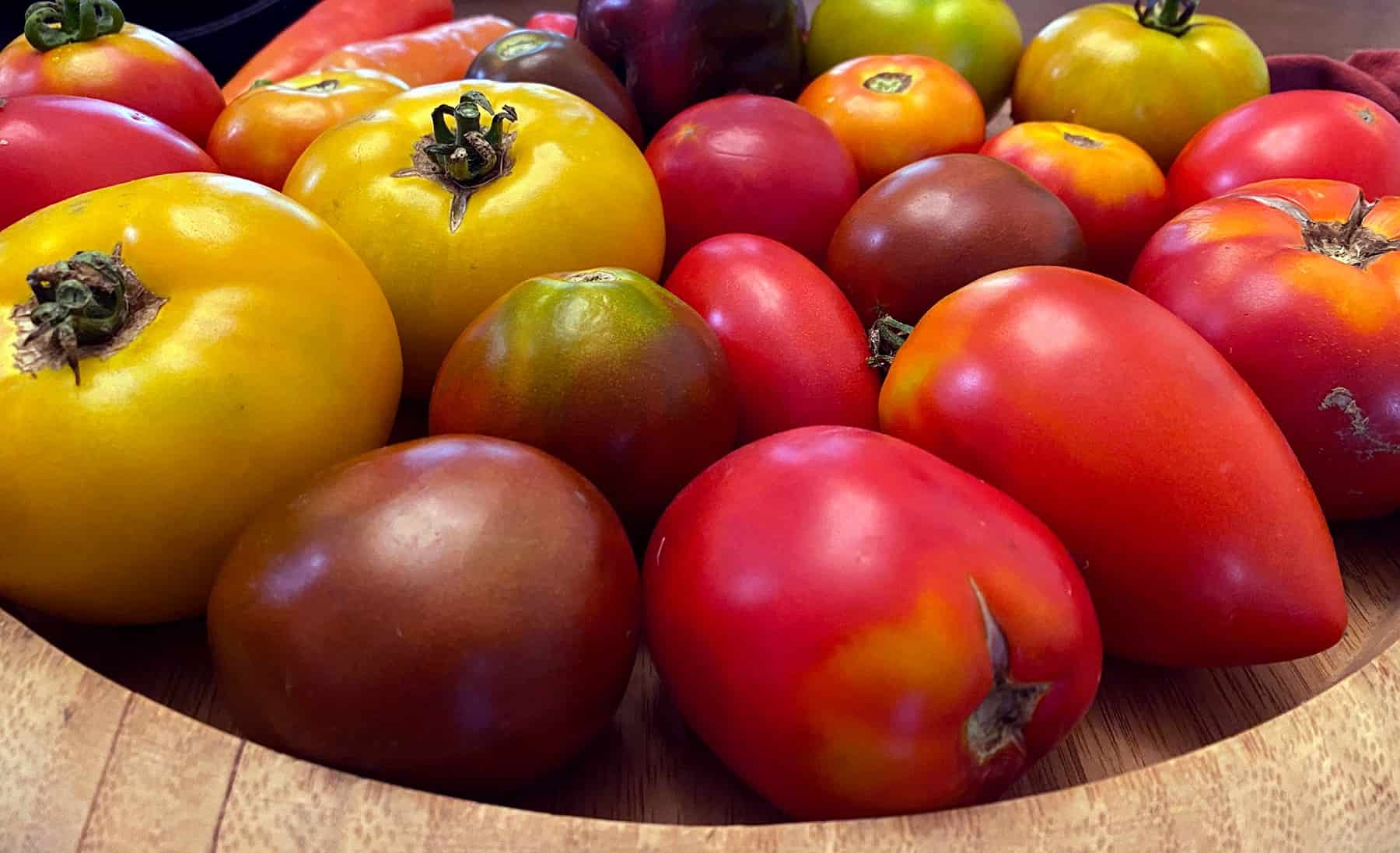
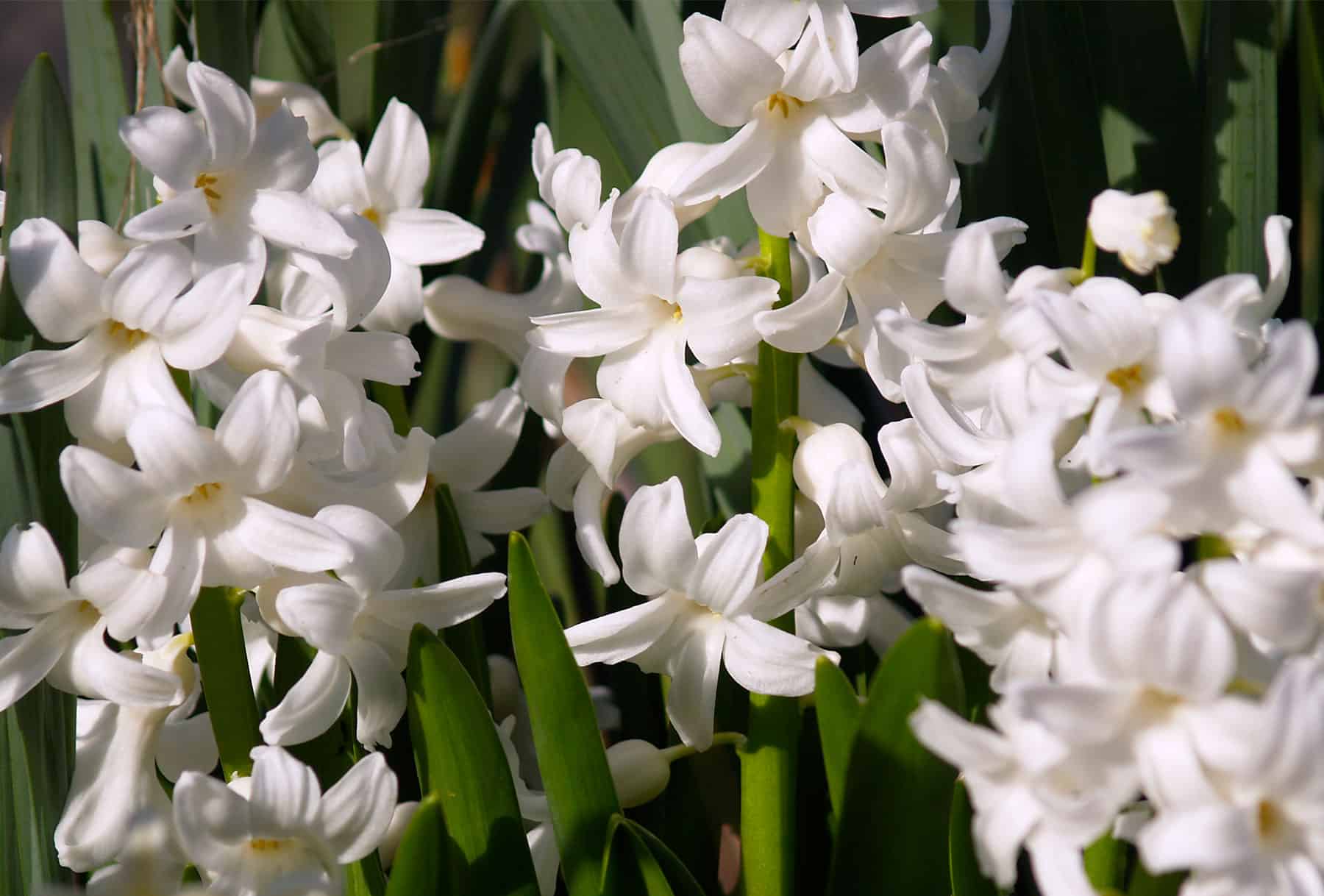
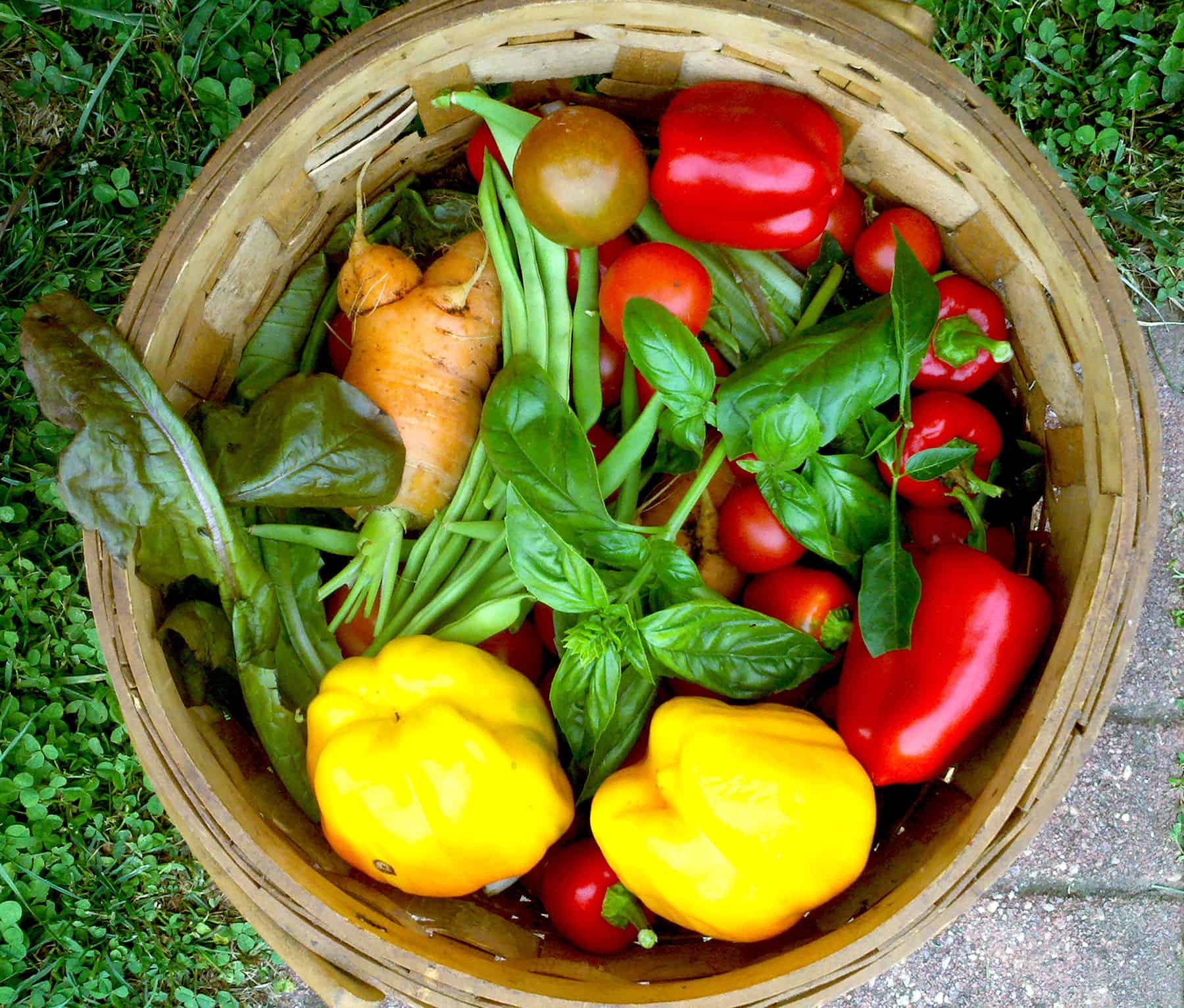
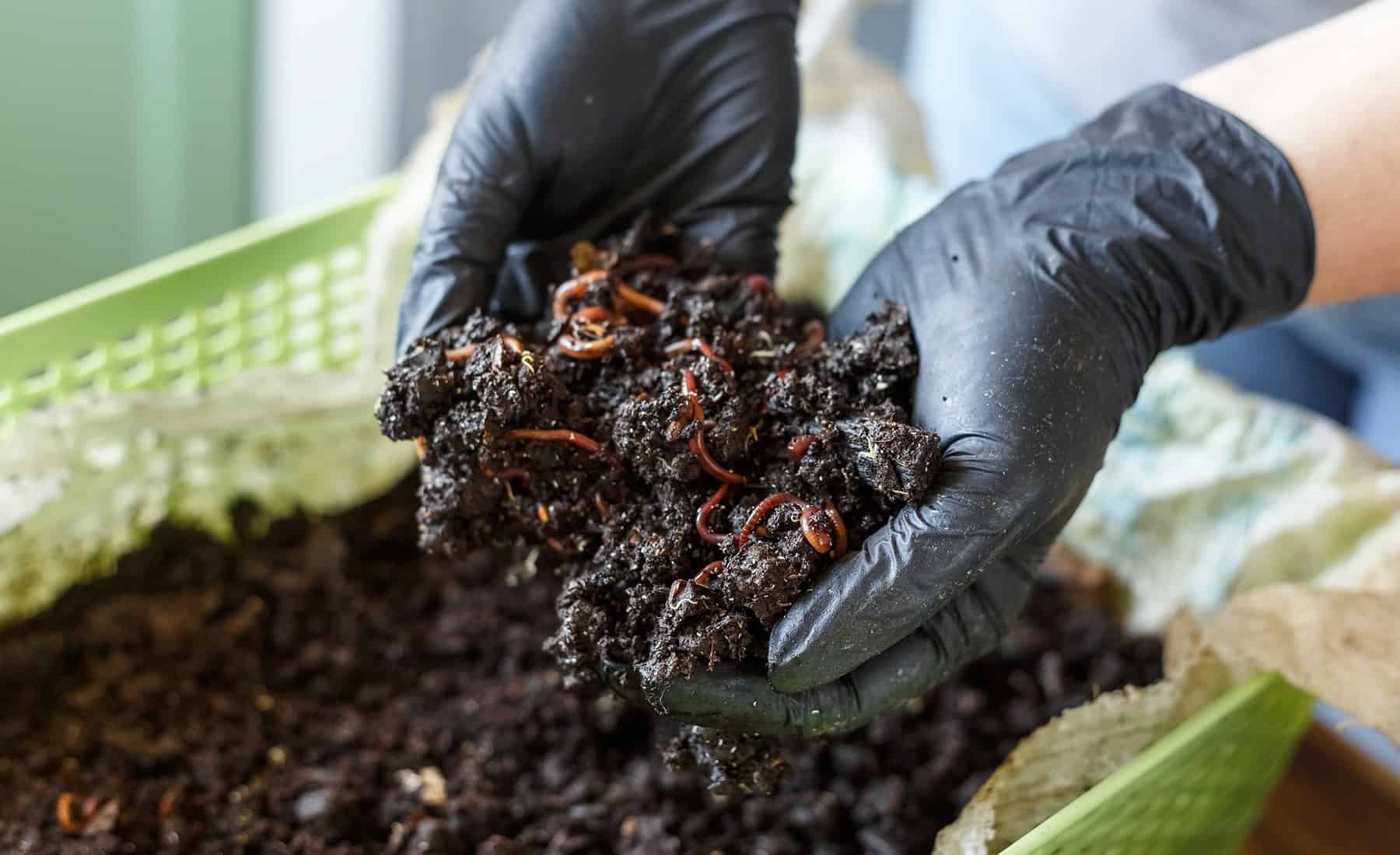
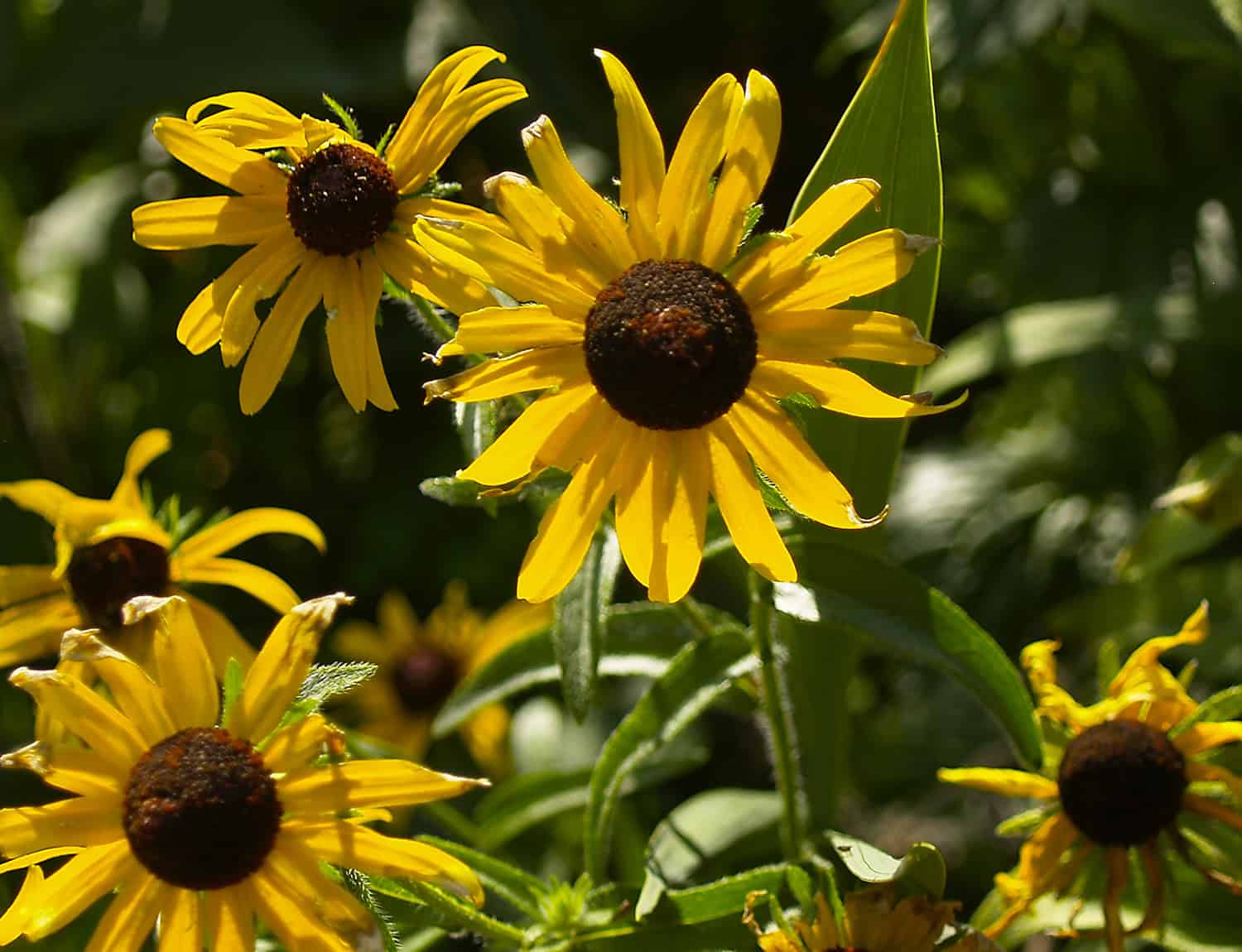
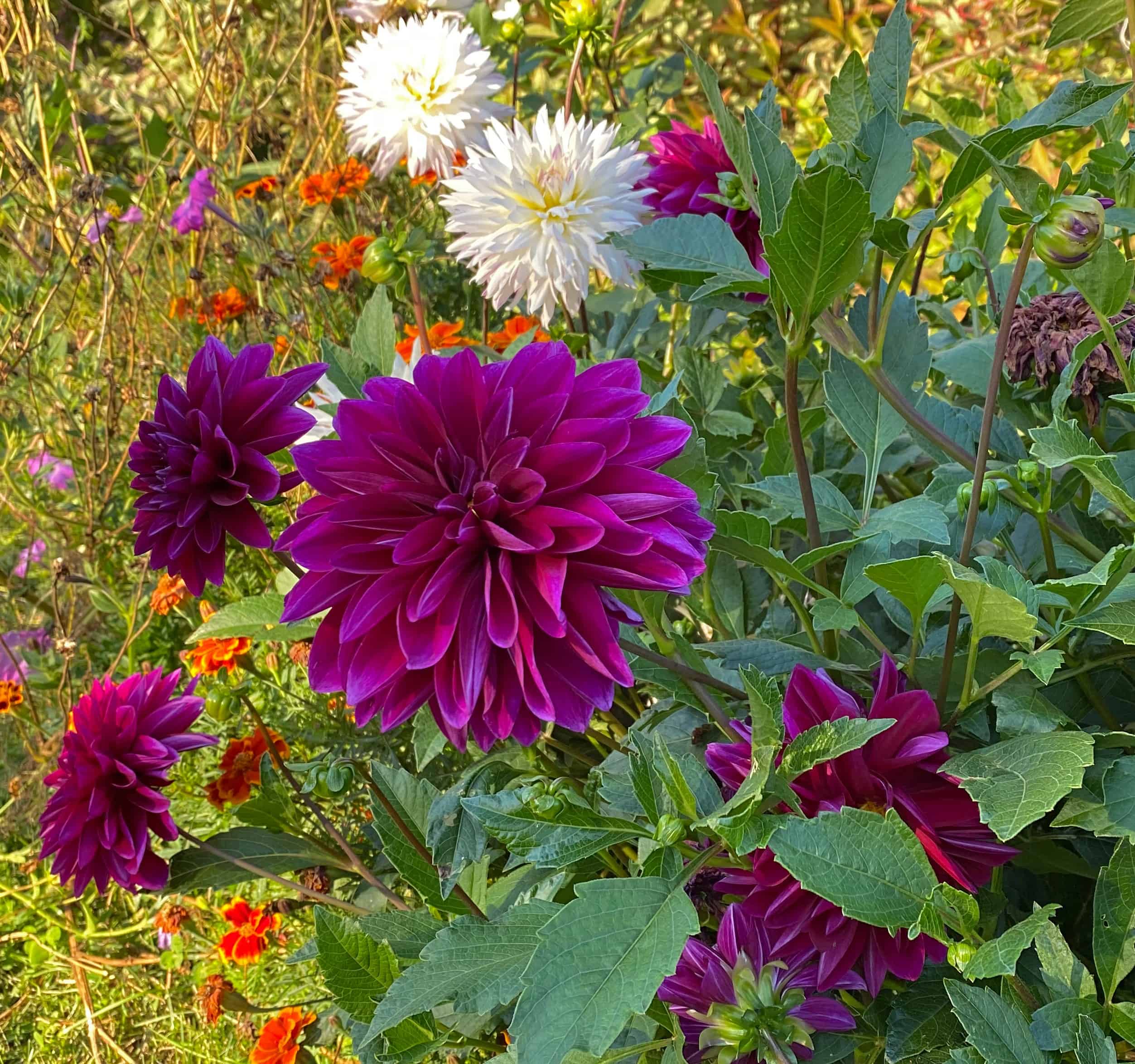
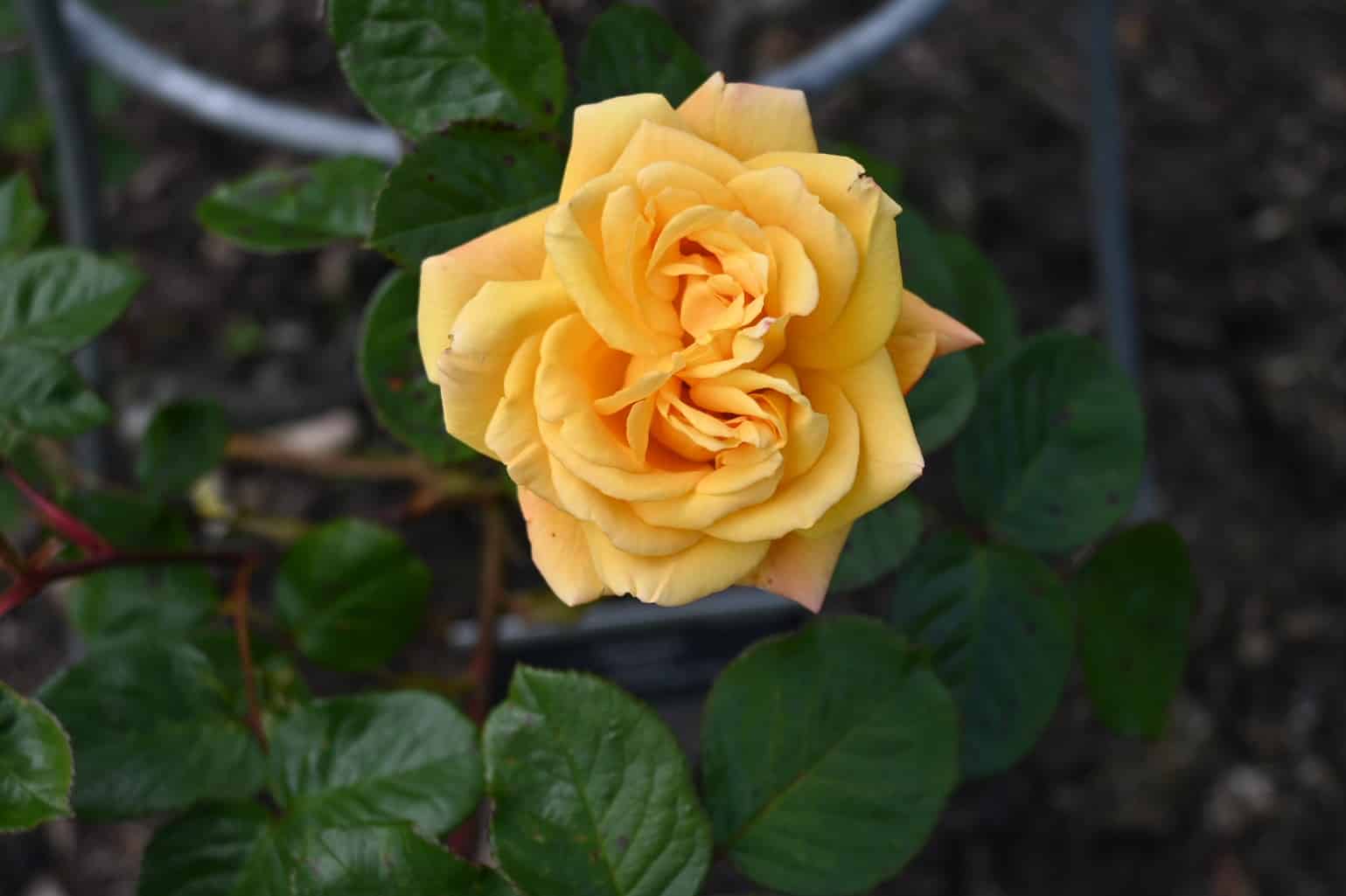
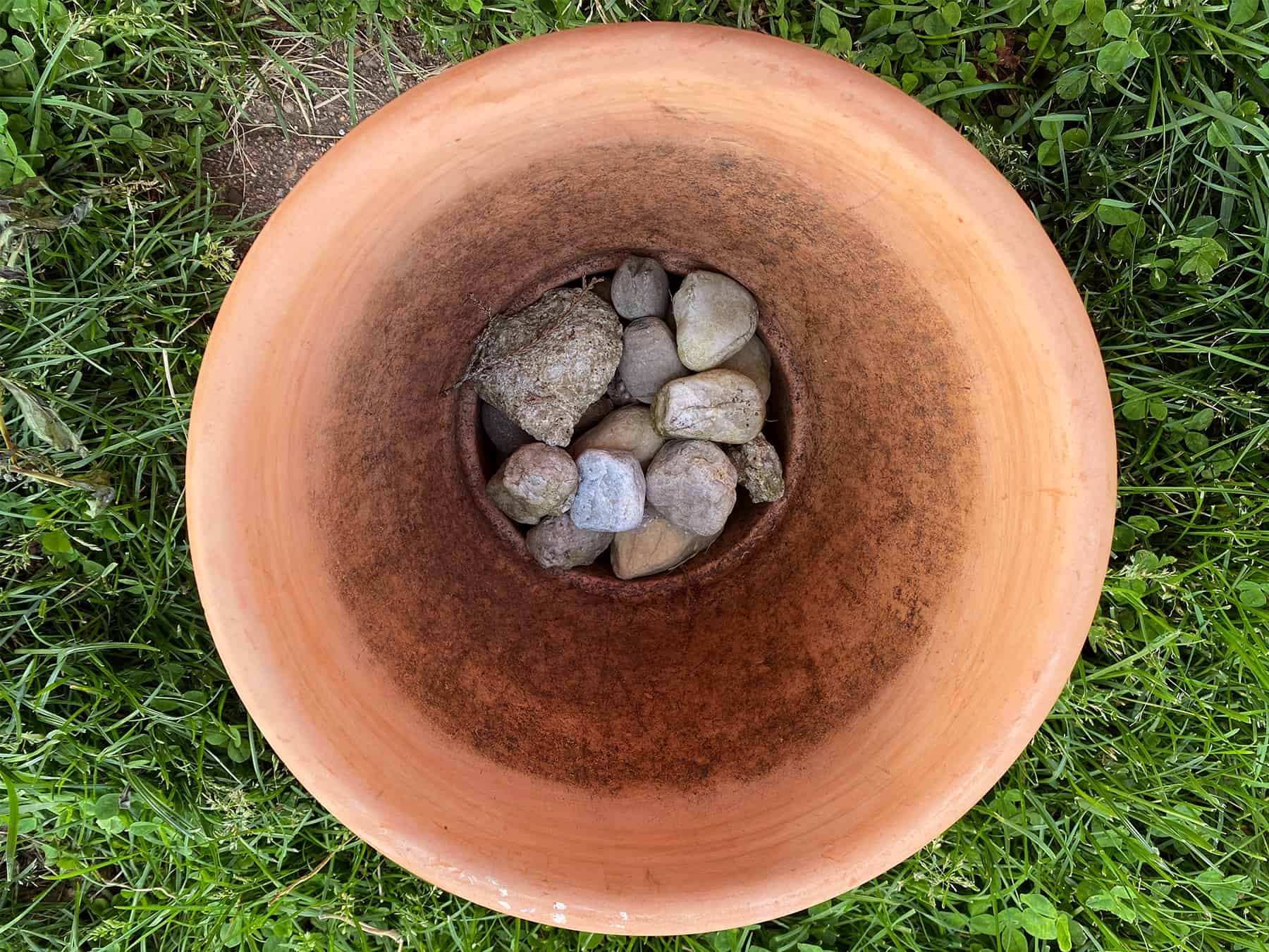
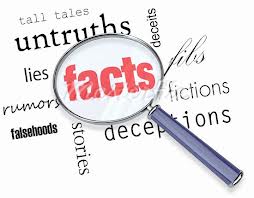
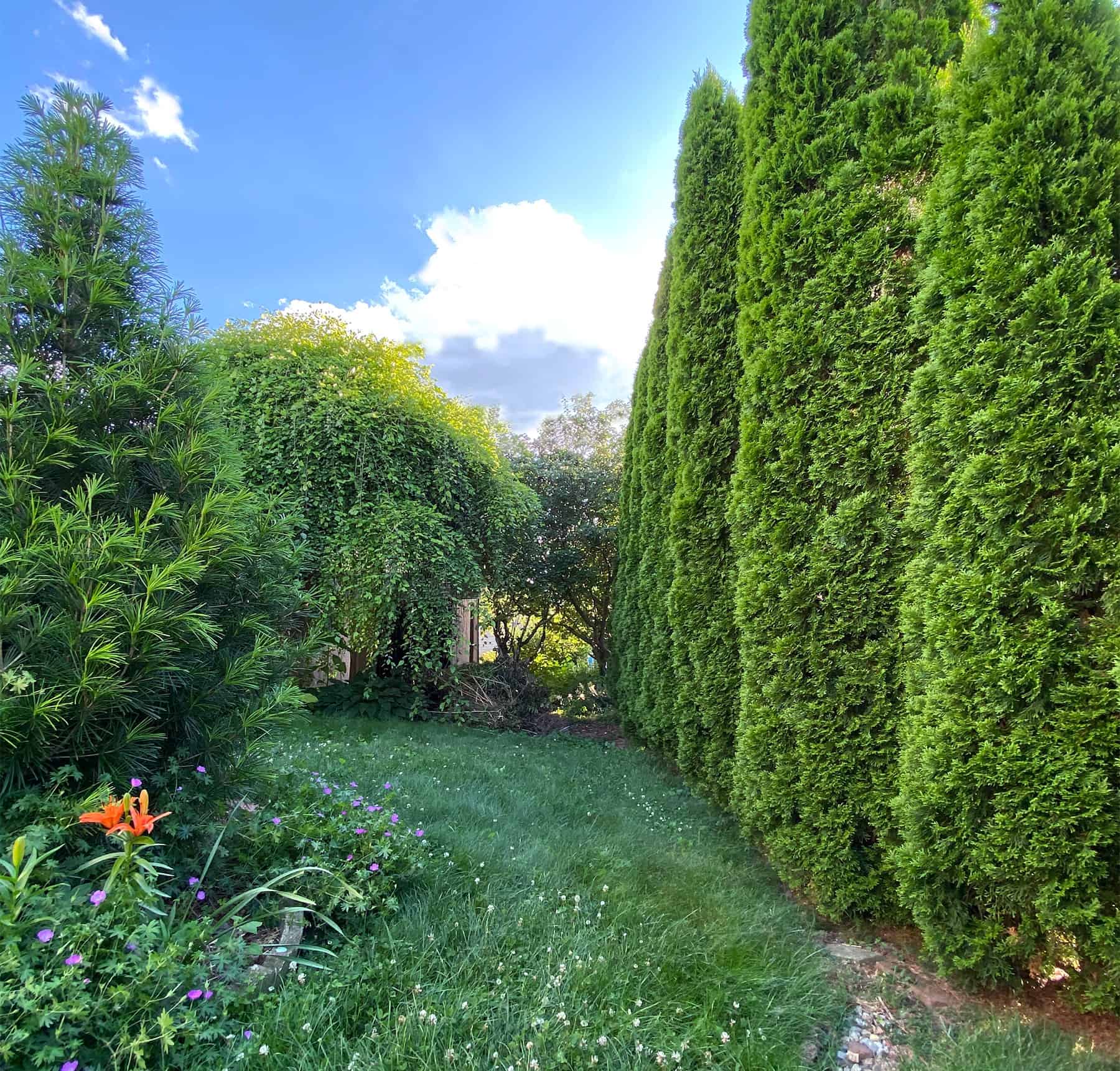
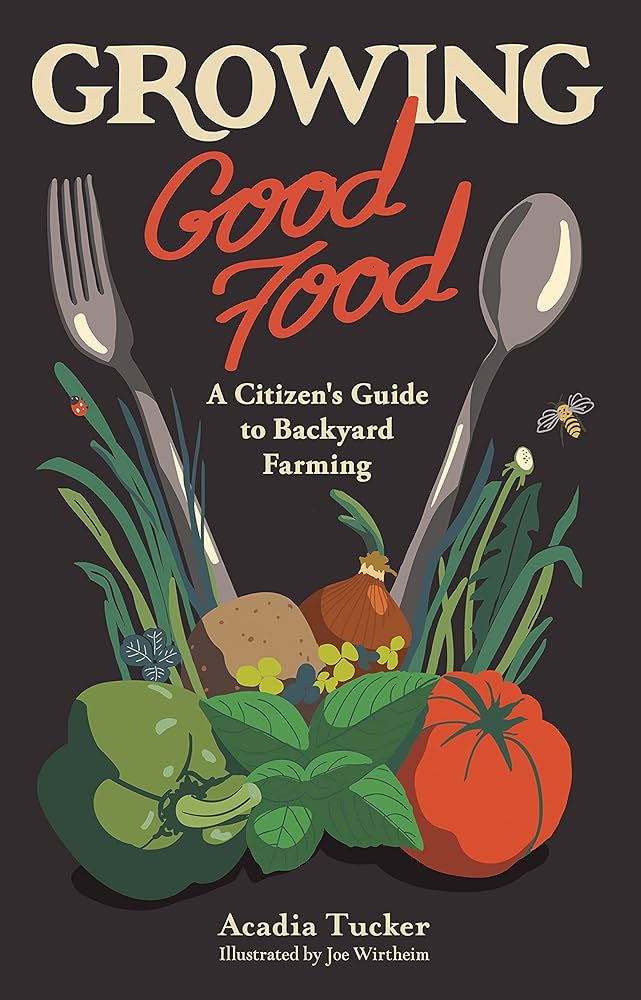
Leave a Reply